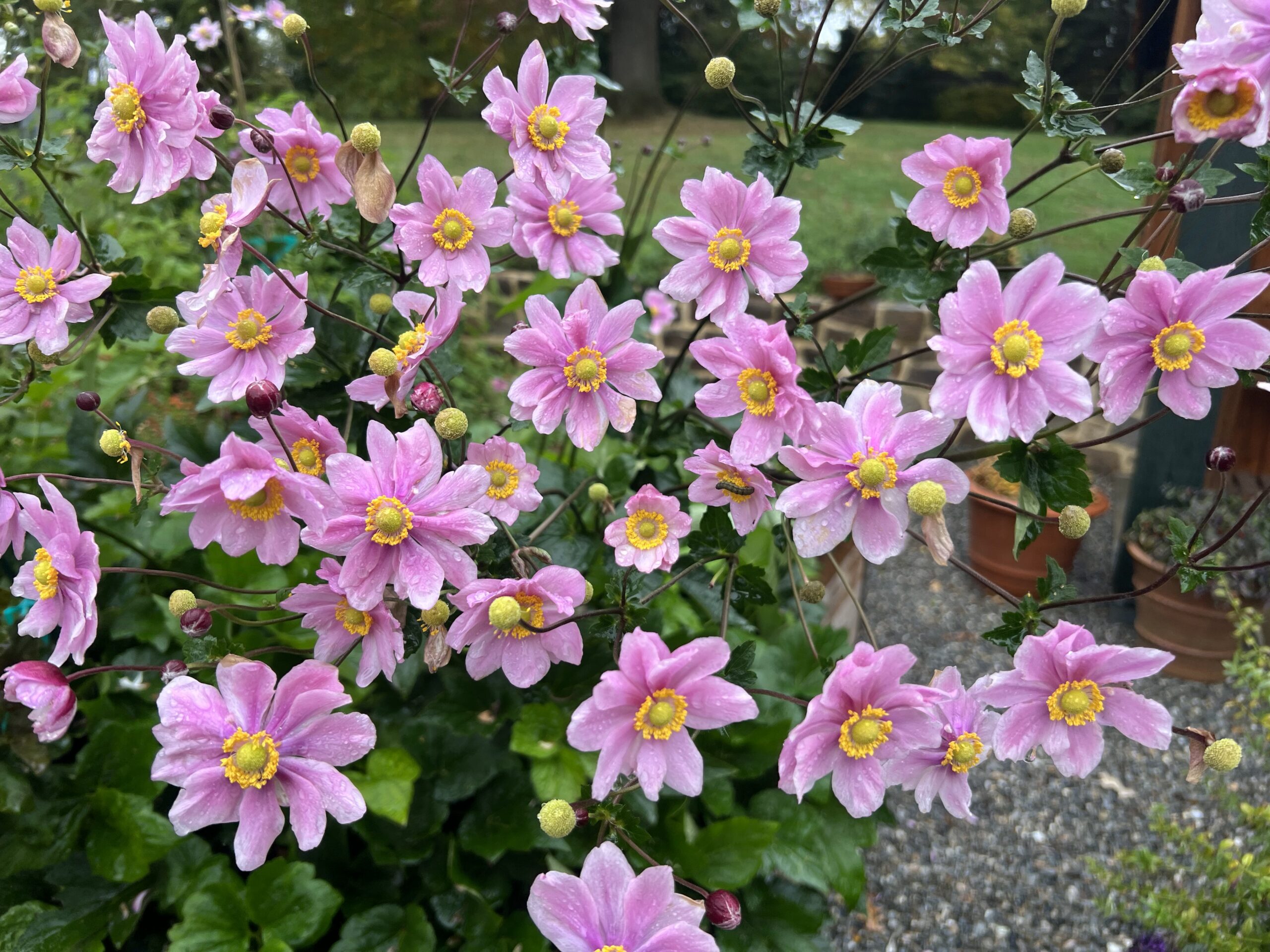Puddock Hill Journal #27: Backyard stewards must always consider the unseen and rarely seen.
Who can forget the iconic Dr. Seuss story Horton Hears a Who and its life lesson, “a person’s a person no matter how small”? Published in 1954, adapted for television in 1970, later made into an animated feature film in 2008, it tells the story of a sensitive elephant, Horton, who is determined to save an entire civilization that only he can hear living on a speck of dust that he places on a clover flower for safe keeping.
I won’t summarize all of Horton’s efforts to convince his peers that there’s a whole planet on that clover. Suffice to say, it’s an uphill battle. Why? Because people are reluctant to believe in something they can’t perceive with their own senses (unless it’s God, but let’s not go there) AND they resist information that runs against conventional views.
In a broad sense, and in many particulars, backyard stewardship stands against many gardening and land management practices that passed for conventional wisdom for decades. These conventions included mowing and fertilizing for the “perfect” lawn, applying pesticides to kill insects, and cleaning up the overall presentation with dead tree removal, deadheading of flowering plants, and removal or chopping of leaf litter.
When we viewed our landscapes, however, we were like the people chained up in Plato’s cage mistaking shadows for reality—or Horton’s friends and rivals who wouldn’t broaden their minds to accept the reality they could not see because they weren’t looking carefully enough.
